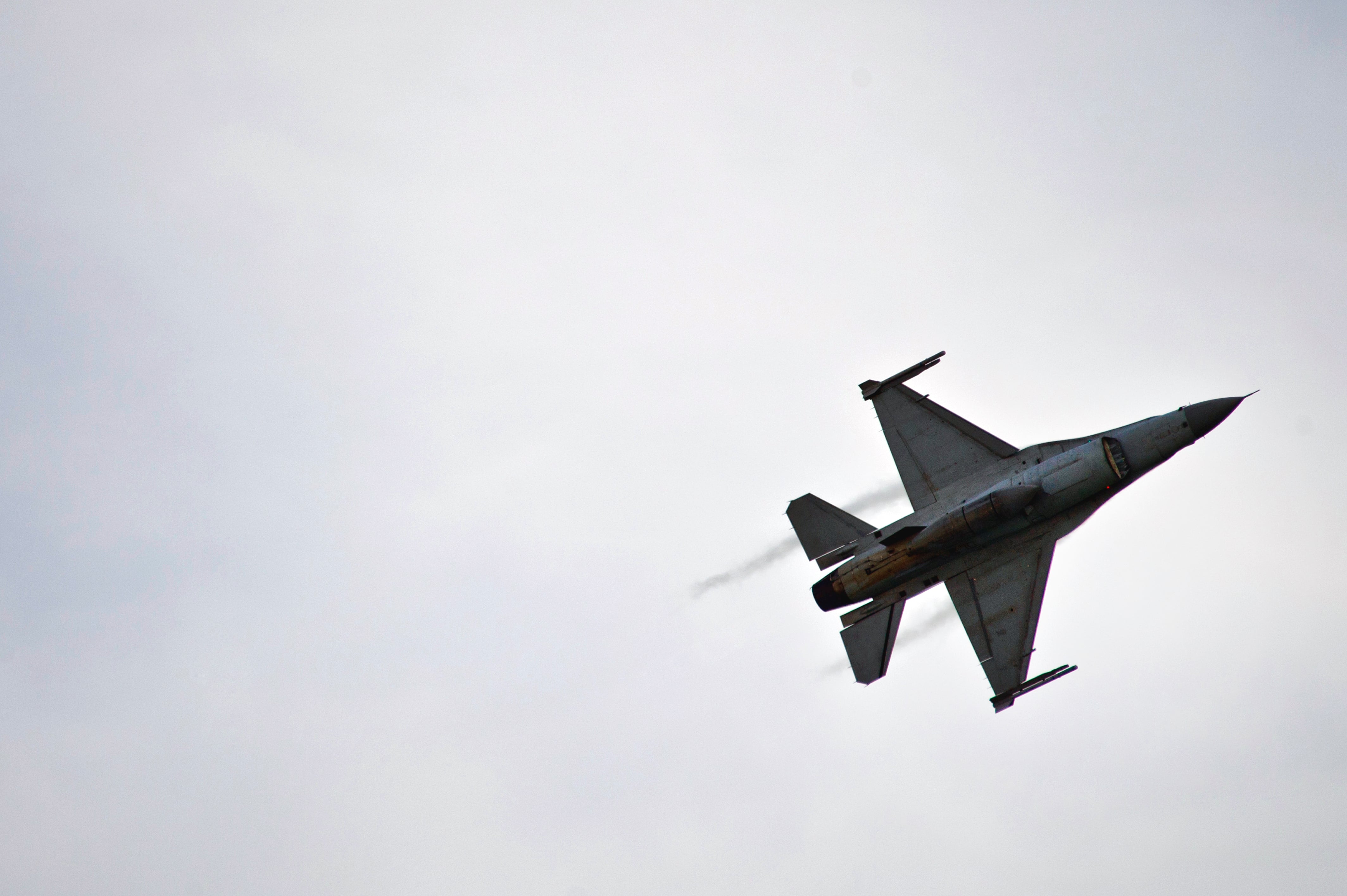Updated on 7/23/20 at 10:50 a.m. EST with a statement from Singapore’s defense ministry.
MELBOURNE, Australia — Singapore has told the U.S. Air Force it wants to co-locate its Arizona-based F-16 training detachment with its future F-35 training unit, with five locations in the U.S. shortlisted as potential sites for training international F-35 operators.
In a statement to Defense News, U.S. Air Force spokeswoman Ann Stefanek said the service “plans to establish an F-35 Foreign Military Sales training Center in the Continental United States which could accommodate up to 36 F-35 aircraft.”
“Based on negotiations with our foreign military sales customers as well as airspace and weather considerations, the Air Force is considering five candidate locations. Those include Buckley AFB, Colorado; Fort Smith Airport, Arkansas; Hulman Field, Indiana; Joint Base San Antonio-Lackland, Texas; and Selfridge Air National Guard Base, Michigan,” she added.
In a statement announcing that Fort Smith Regional Airport was under consideration, Arkansas Sen. Tom Cotton said that Air Force Secretary Barbara Barrett signed a memorandum July 6 to establish the training center.
He also revealed that Singapore — which is a Foreign Military Sales customer for the F-35B, having been cleared earlier this year to purchase four aircraft with an option for eight more — wants to co-locate its F-16 squadron, currently based at Luke Air Force Base, with its F-35s as a “long-term Foreign Military Sales location.”
RELATED

The Air Force’s Stefanek explained that this is “to make room for additional USAF/Partner F-35s at Luke AFB,” and that once the new FMS F-35 training location is selected, that location will also be considered for Singapore’s F-16 training detachment.
A statement from Singapore’s defense ministry confirmed that Singapore’s F-35Bs, which are expected to be delivered in 2026, will be deployed in the continental United States for training and in-depth evaluation. It added that “discussions on possible training locations are ongoing with the U.S. Department of Defense,” and it will carefully evaluate the options to ensure that the eventual location can meet its needs.
Defense News understands that the future F-35 FMS training base would host some countries and their jets on a rotational basis, while others might maintain a permanent presence. The latter group would likely include land-scarce Singapore, which already maintains permanent aircraft training detachments in the U.S. in addition to the Luke AFB-based F-16s. The Asian nation is also setting up a rotating training presence in Guam for its fighter aircraft.
Most of the shortlisted bases currently host few or no permanent flying units, and none of them are currently earmarked to operate F-35s in the future. It will take significant capital to set up an F-35 FMS training facility because existing infrastructure will need modifications to support the fifth-generation stealth fighter’s operations.
Luke AFB, which is located at the outskirts of Phoenix, Arizona, will reach its aircraft hosting capacity in the coming years. Its resident U.S. Air Force squadrons are set to convert from F-16s to the F-35A, and the base itself will continue to be the training location for F-35 international partner nations.
This means the two international F-16 training detachments currently on base — Singapore and Taiwan — will have to move. Taiwan’s F-16 jets were set to move to the nearby Arizona Air National Guard base in Tucson, but local media reported in August 2019 that the country is instead seeking to move to a base closer to the Pacific coast to better accommodate Taiwanese pilots training with U.S. Navy carrier strike groups.
Mike Yeo is the Asia correspondent for Defense News.
Valerie Insinna is Defense News' air warfare reporter. She previously worked the Navy/congressional beats for Defense Daily, which followed almost three years as a staff writer for National Defense Magazine. Prior to that, she worked as an editorial assistant for the Tokyo Shimbun’s Washington bureau.








